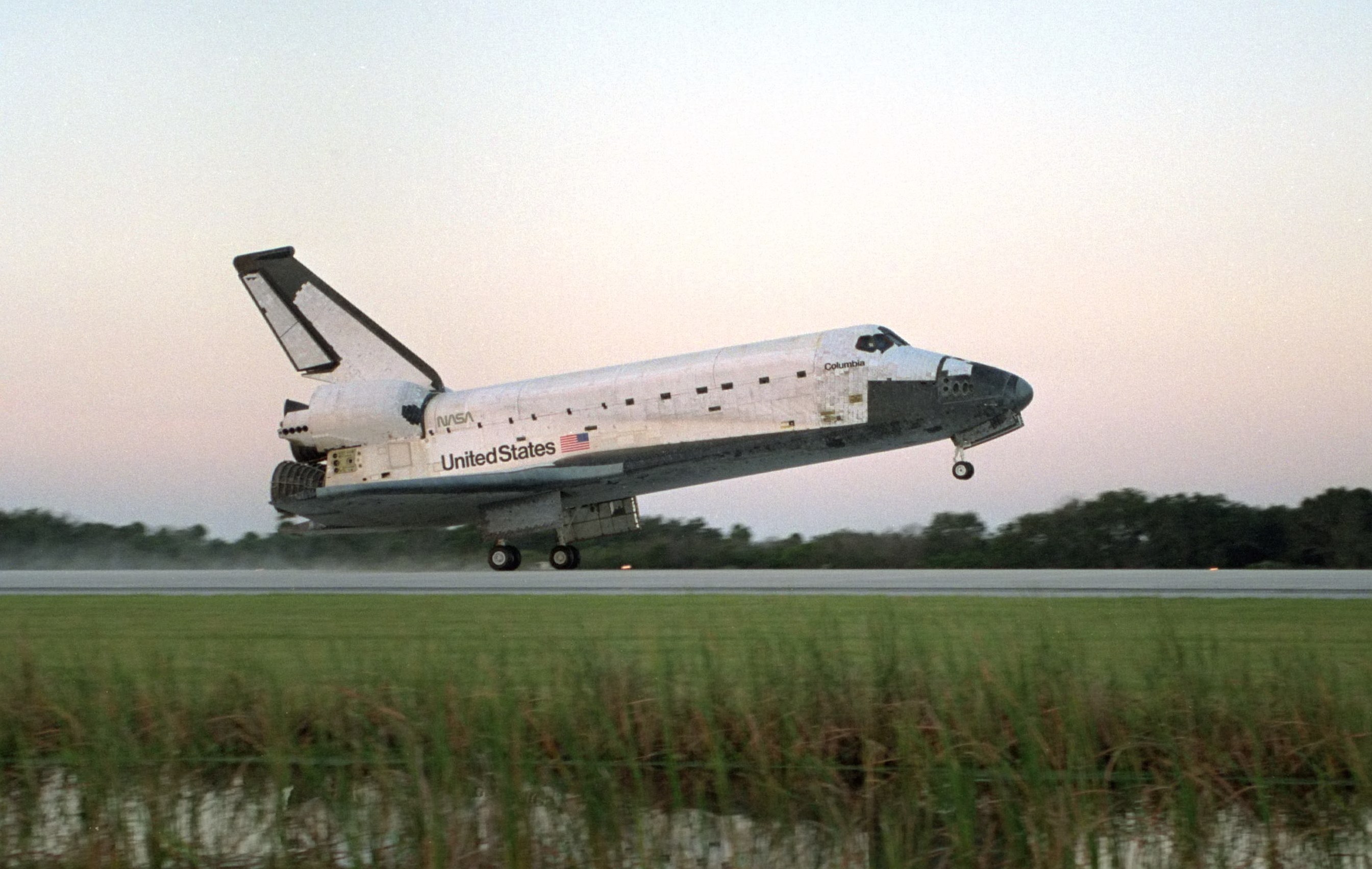For Aron Sora: Mars Experiments
>> Wednesday, July 28, 2010

Aron Sora said: I also have the most insane idea for an experiment at the Mars Desert Research Center. I want to make solar panels (or atleast one cell), from scratch, in a simulated enviroment. I also want to do an experiment where I compare the efficiency of EVAs with and without UVAs. What do you think?
I'm afraid I need more information before I can give you an answer. When someone wants to do an experiment, it's important to understand what he wants to accomplish or what he's trying to prove.
In order to answer your questions, I need to understand what exactly you mean by them. For the first, do you mean making a solar cell using strictly Mars materials in a simulated space colony environment?
On the surface, it seems simple enough, but I can see some things to watch out for. First, there's an important level of uncertainty when it comes to the materials available on Mars. We've done a large number of analyses, both via rover and remotely, but there are limitations to that. No one has ever brought back actual samples from Mars as they have from the Moon so a certain percentage of our estimations of soil components and compositions is educated guesswork. Therefore, providing "Mars-like" soil samples would be, well, speculative. Even if the Martian soil was largely composed of silicates, obtaining high quality silica from that would take as much as energy as a solar cell could generate over several years on Mars.
But say we knew for sure or decided all we really needed was silicon and we were confident it could be obtained without using so much energy that it would be a waste of time (there are new methods for obtaining high quality silicon that might improve that), you're still talking about specialize equipment, a great deal of it, to gather materials, refine it, make it into a usable form and build the solar cells (and I suspect silicon is not the only key ingredient). In order for this to be a viable plan for on Mars, you have to do all this work either using equipment already planned to be used or specially built for the purpose. That's a multi-year endeavor, even to used it on the ground.
I think the idea has merit. I'm not sure, until we get more efficient and/or a better handle on Martial materials, that it's a viable short term experiment unless we have appropriate equipment already in hand.
As for the other question, I'm not sure what a UVA is. I reached acronym saturation some years back and I'm not familiar with that one. If you mean vehicles, one can experiment with it, but I could also just wander through the Apollo Lunar Surface Journals and find ample evidence of the value of surface vehicles, even when they spew dust and need to be repaired with document covers.
EVAs, of course, depend on having a representative suit available and experiments with those suits are severely hampered on the Earth's surface because of the huge difference in gravitational force. Which makes the wealth of data available from the Apollo missions all the more valuable. Having said that, I think experiments are in work now to evaluate different suit concepts and different roving concepts. I like the one they have now that keeps the suit on the outside of a pressurized vehicle that they can don from inside the vehicle. This severely limits the dust that comes inside, a real issue for the Moon and probably Mars as well.
If you didn't mean vehicles and did mean something else, let me know and I'll see what I think.
















